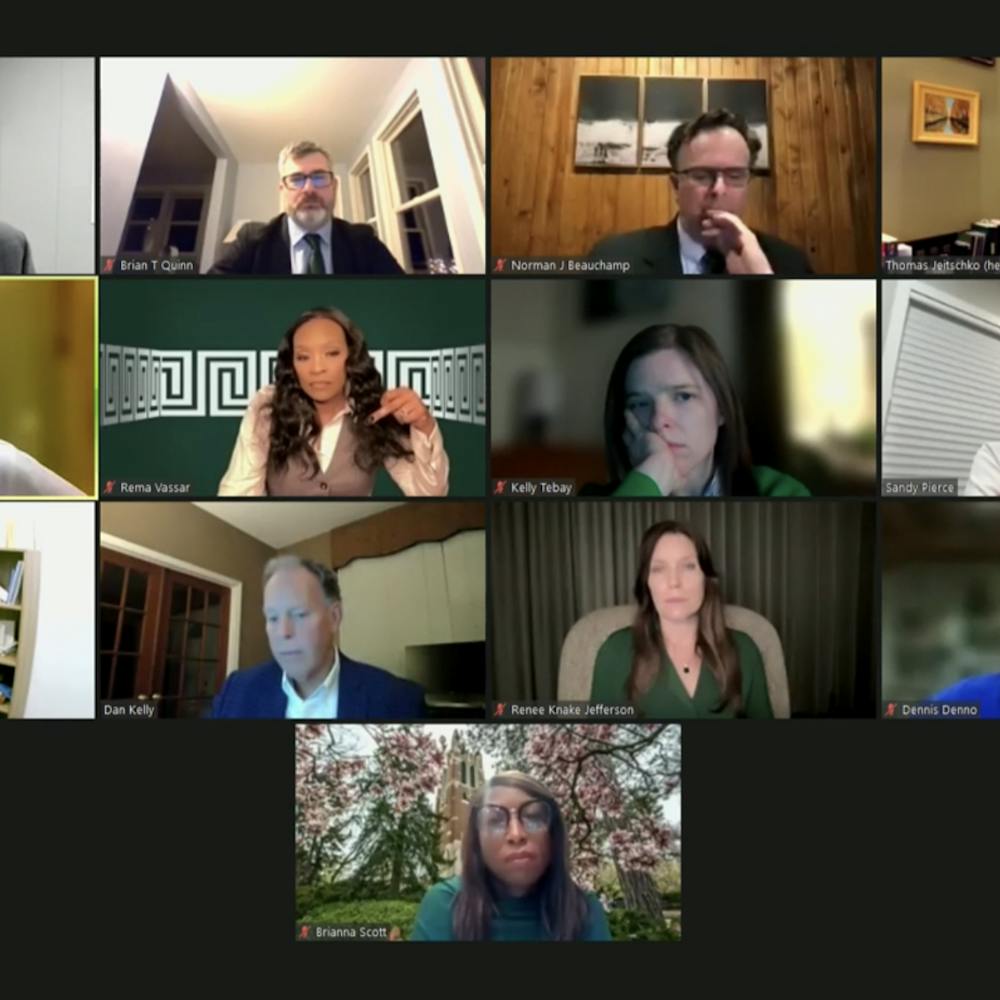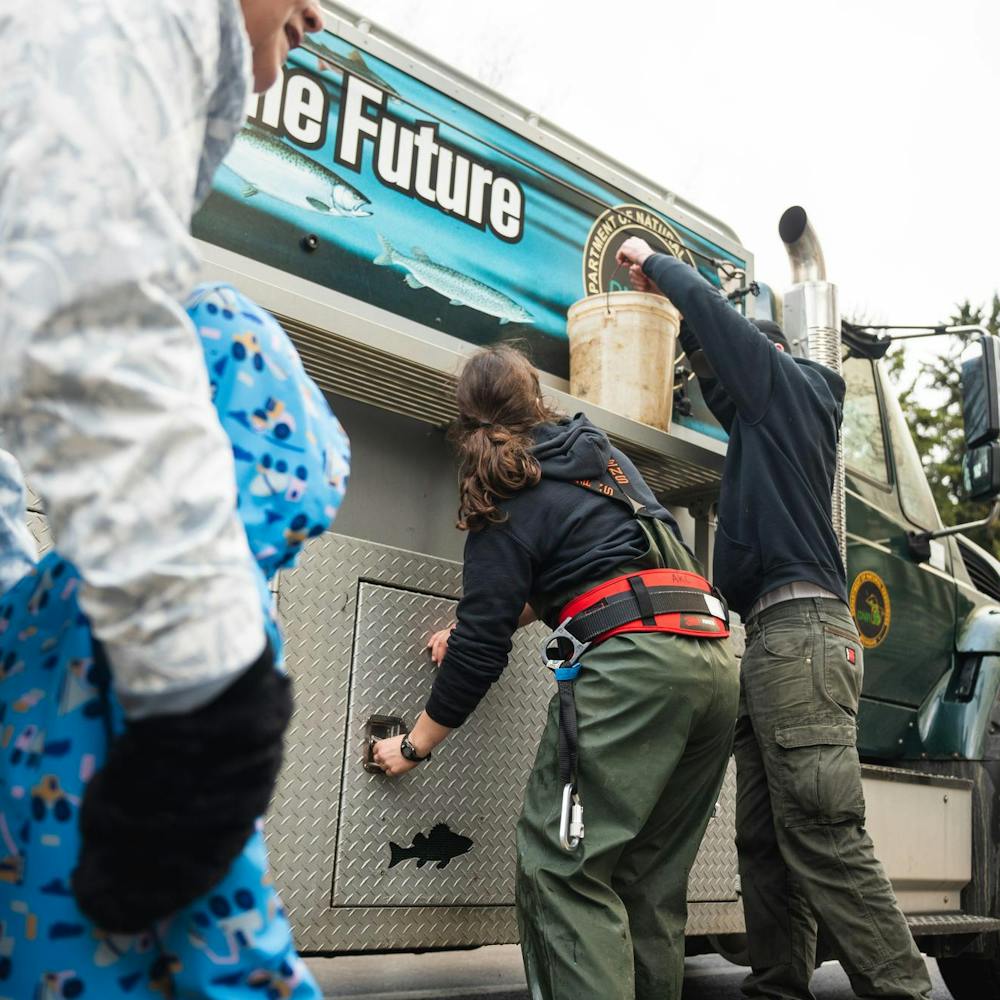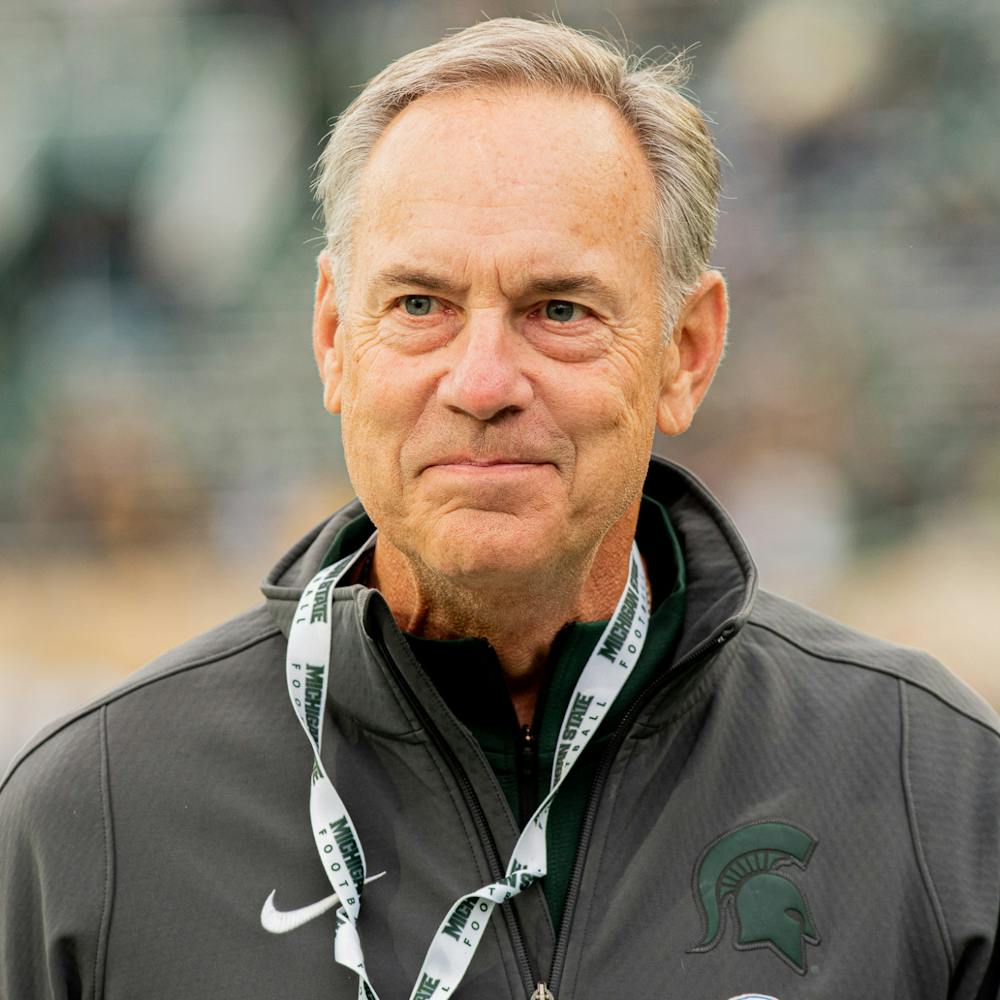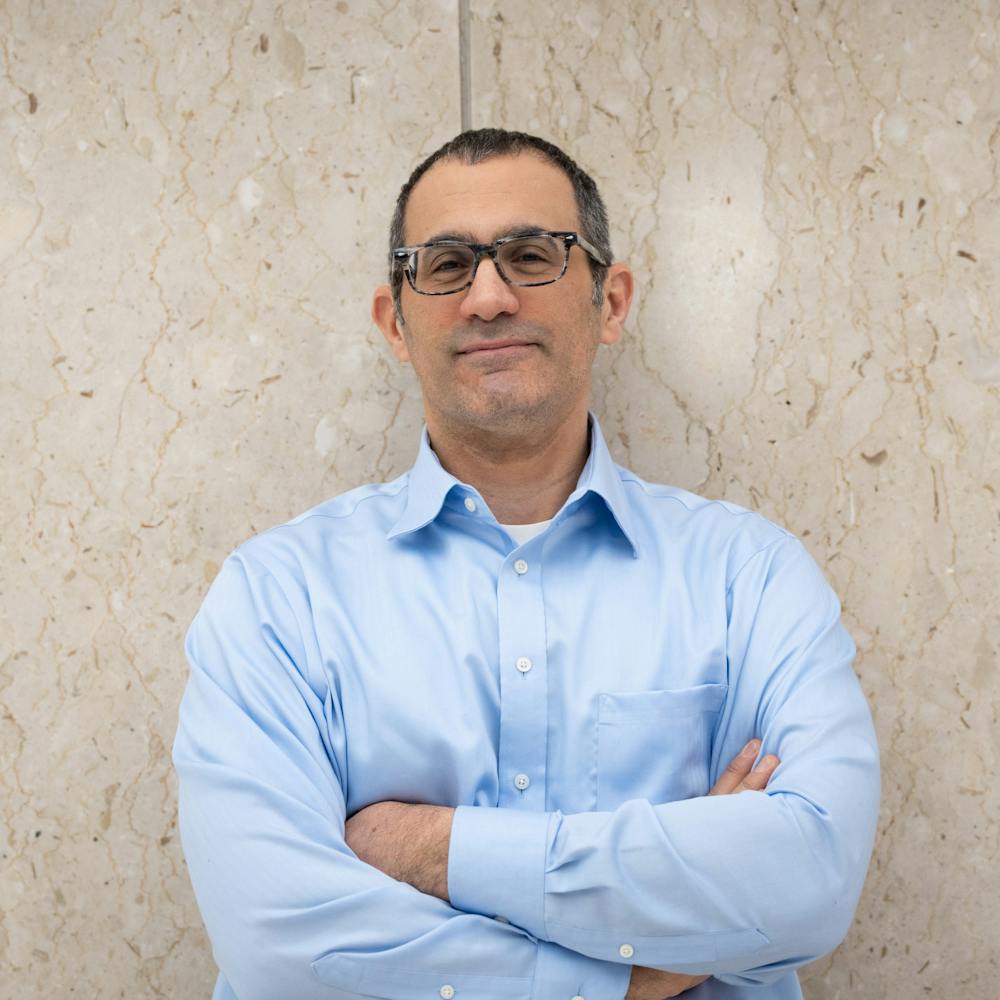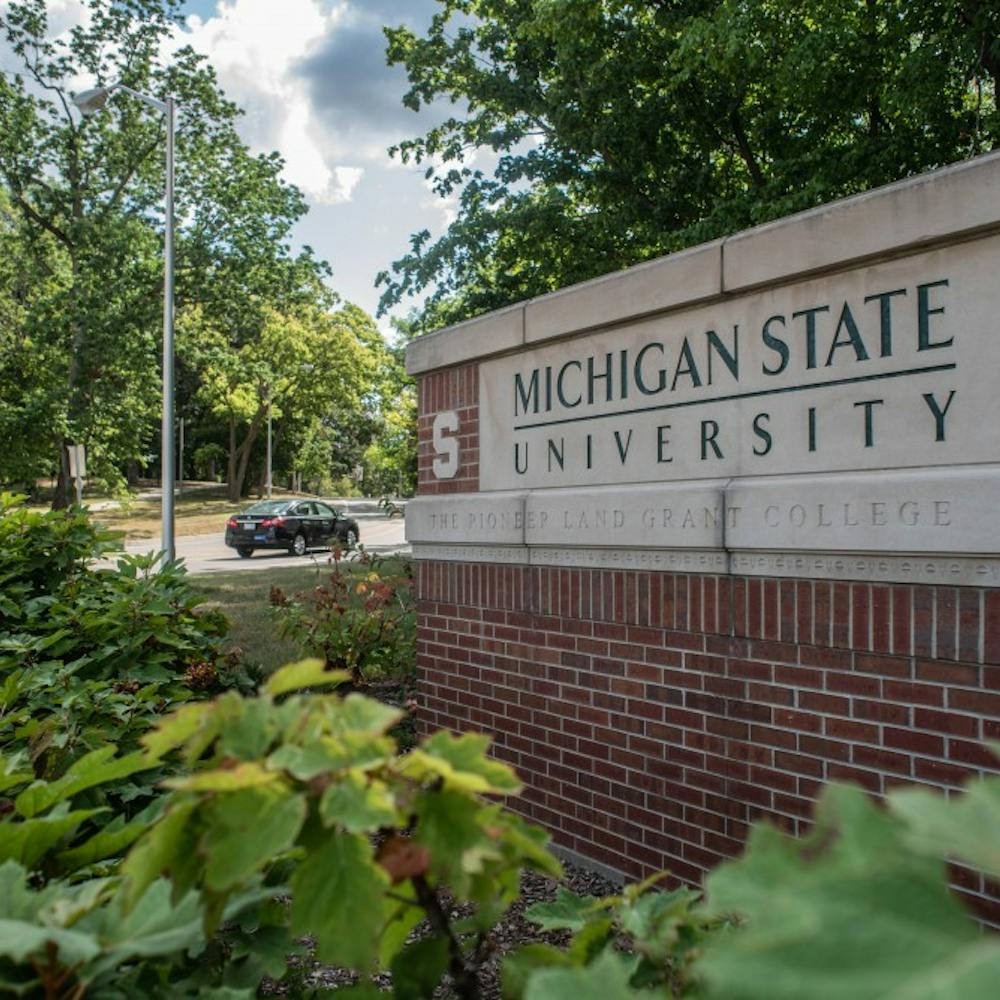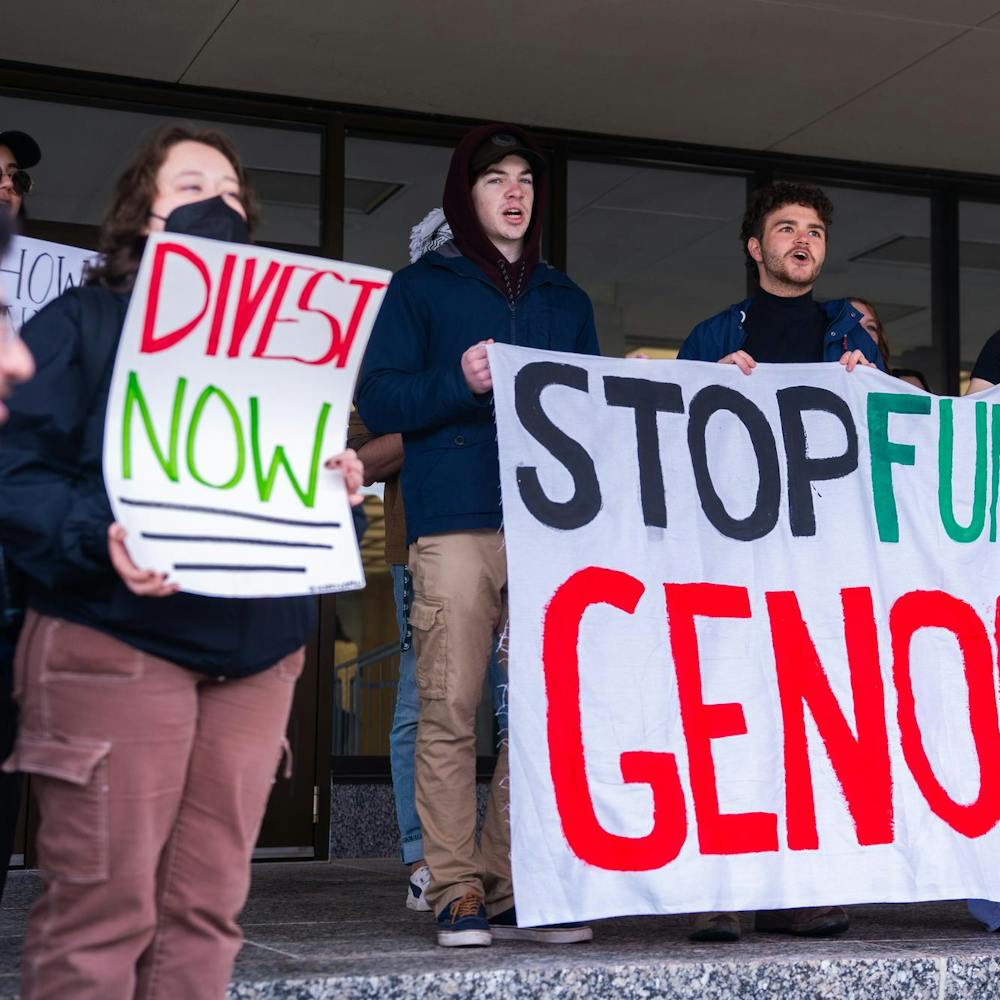Collegiate baseball is failing to suit up black athletes as players and coaches at many levels argue the cost of the sport and lack of recruiting are keeping diversity off the diamond.
With only 1.2 percent of Big Ten baseball players being black, the percentage of black baseball players composing Big Ten rosters decreased during each of the past three seasons. In 2000, there were 10 black players, and this season, four black athletes play ball for Big Ten schools out of 333 players.
MSU has just one black player, freshman shortstop Alan Cattrysse, on its roster during this season. In 16 seasons, MSU only has had eight black baseball players. Cattrysse is the first one to don the green and white since 2000.
"When you're young, it's an expensive game," said Cattrysse, who's father spent about $5,000 each summer for him and his two brothers to play baseball while growing up in Ontario.
"Not too many African Americans have the money at a young age. That's why you see a lot of them playing basketball."
On a broader level, numbers of Division 1-A show 6.7 percent of college baseball players are black, according to statistics compiled by the NCAA during the 2000-01 season.
But both the NCAA and Big Ten figures pale in comparison to Major League Baseball's numbers. Every year since 1998, blacks have comprised 13 percent of MLB rosters.
"Baseball's not the 'in thing' in the urban community," said Jon Entine, author of "Taboo: Why Black Athletes Dominate Sports and Why We're Afraid to Talk About It."
The decline in black participation in collegiate baseball can be attributed to a decline in the sport's popularity and more money being available to play professionally in other sports, Entine said.
"The big stars in the past 20 years have come from football and basketball. You just don't have the mega star in baseball," he said. "It's as much a crisis in baseball, as it is in the African-American community."
Baseball still is popular in the urban community, said Detroit Henry Ford High School manager Bernard Muhammad, whose team is part of the Detroit Public School League - a conference comprised mainly of black athletes.
But Muhammad said he isn't surprised with the low participation rates because the sport is "not looked upon favorably" in the black community when compared to other sports.
"Baseball is still one of the few sports where blacks are still not accepted fully," he said. "It's a 90 percent mental game. Even on the high school level, you hear 'The black baseball player can't think.'"
But Muhammad said the problem runs even deeper, accusing Big Ten schools and coaches of stereotyping black players.
"Until I see changes coming from the Big Ten and Michigan State, I'm not gearing my guys up to go there," he said. "We prepare our players to go south to someone who recognizes skill."
An explanation
"We look at the best kids we can find on all-star teams," MSU manager Ted Mahan said. "I think what happens in the summer is more African Americans are not playing.
"There is an emphasis more on glamour sports like basketball and football."
Both Mahan and Minnesota manager John Anderson agree black players are drawn to other sports largely because of scholarship aid. Also, both say less-advantaged blacks and whites are more likely to play football on full scholarship, as opposed to settling for partial funding for baseball.
Minnesota has not had a black player since 1998.
"If you study history, that's just the way it is," Anderson said. "I think it starts with the population. If you could come out here and find more than five African Americans in Minnesota, you'd be doing better than you hoped."
Anderson often recruits in Minnesota, which has a black population of about 174,000, according to census figures. About 4.9 million reside in the state.
Mahan, now in his eighth year as MSU's manager, refutes claims MSU fails to recruit in all areas of the state. Although he has not been to a Detroit Public School League game in a couple of years, he said he tries to attend the league's all-star game as often as he can.
Packaging junior Justin Jackson, a black baseball player from Detroit Cass Technical High School, has tried out unsuccessfully for MSU's team each of the past three seasons.
In those years, he says tryouts haven't been fair to ballplayers.
"They only take two or three guys and 80 guys try out," Jackson said. "I've seen African Americans who have talent and they only pick up the whites.
"They just think that (players), coming from urban areas, don't know anything about baseball."
But former MSU outfielder Chris McCuiston, doesn't believe recruiters look unfavorably upon urban schools.
"A coach, or anyone else that advises you and doesn't let you choose where you go, isn't obviously looking out for his athletes," McCuiston, who is white, said of Muhammad.
As one of two black players on the MSU team from 1997-2000, Kimya Massey said he never felt awkward or discriminated against. In fact, he says he never even thought about the race being an issue in the clubhouse.
However, as an academic coordinator for Student-Athlete Support Services, Massey said he sees "stacking" occurring in baseball.
Stacking is when people of one background are placed in the same position more frequently than at other positions, he said. One example would be black players being placed in the outfield, as opposed to in pitching roles.
In his four years at MSU, Massey couldn't remember once pitching against another black pitcher.
"You look at pitchers and catchers and they think the most on the field," said Massey, a kinesiology graduate student.
Massey said perhaps the biggest oddity, is the discrepancy is between black players in collegiate and professional baseball.
About 13 percent of Major League Baseball players during 2000-2001 were black - about twice the NCAA figure- according to the Center For the Study of Sport in Society. NCAA officials declined to comment on the issue.
But the players say the numbers don't translate into discord between teammates.
McCuiston, a former teammate of Massey, said the pitcher was "close to me as any other guy on the team."
Cattrysse, the team's current shortstop, said he has never feared racism on the team.
"I'm given the same opportunities as everyone else," he said. "The main thing is, the players accepted me for who I was. They talked to me and found out I liked the same exact things they did."
The solution?
Overall, coaches and players agree the numbers of black players in the Big Ten, and all of college baseball, can be increased through several different measures.
This season, there are no black players on six of the 10 Big Ten rosters, and no team has more than one black player. But that could change, players and coaches say.
To change the landscape of the game, players and coaches say professional or collegiate coaches should open dialogue with players in urban areas to increase interest among blacks.
"As far as the numbers increasing in the future, I doubt you're going to see a drastic change," Massey said. "I think it has to do with community leaders in certain areas encouraging baseball more toward those at a younger age, versus just basketball and football.
"You can't tell the coach 'Go make sure you recruit this amount of (black) people.'"
Anderson, the Minnesota manager, said he doesn't understand why more players and coaches are not going into urban centers, especially since baseball is "America's pastime."
"It starts with trying to cultivate that group on a grassroots level," he said. "Major League Baseball has to help. They have the money and elite figures to go out and foster the game."
MLB spokesman Matt Gould said the league has a program in place where it starts up leagues in several inner cities.
The Reviving Baseball in the Inner Cities program, or RBI, has been around since 1991. The program pairs Major League Baseball players with the Boys & Girls Clubs of America to develop leagues in disadvantaged areas.
The two best teams go on to the program's championship, which is held at the site of the MLB All-Star Game.
In addition to North American mainland teams, Gould said Puerto Rico also supplies teams annually.
"It's been a very successful program," Gould said. "It affects thousands of kids that participate each year. We're trying to bring baseball to more kids that may not have had an opportunity to play recreational baseball."
Meanwhile, Jackson said things won't change until recruits become more open-minded.
"We do excel well," he said. "All it is, is your mindset and talent for the game."
Kristofer Karol can be reached at karolkri@msu.edu.

